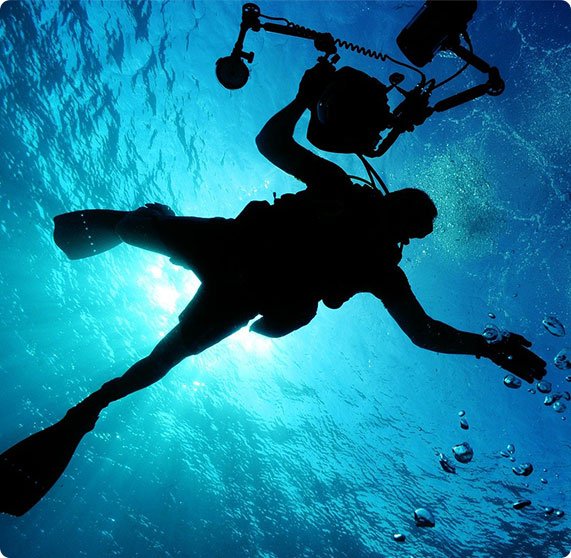Submarine Escape & Rescue
When a disabled submarine or DISSUB occurs, the only true first response solution is rapid delivery of emergency equipment to a nearby vessel. Hyperlite™ packages provide on-scene vital hyperbaric life-support capabilities without delay.
React quickly. Save lives.
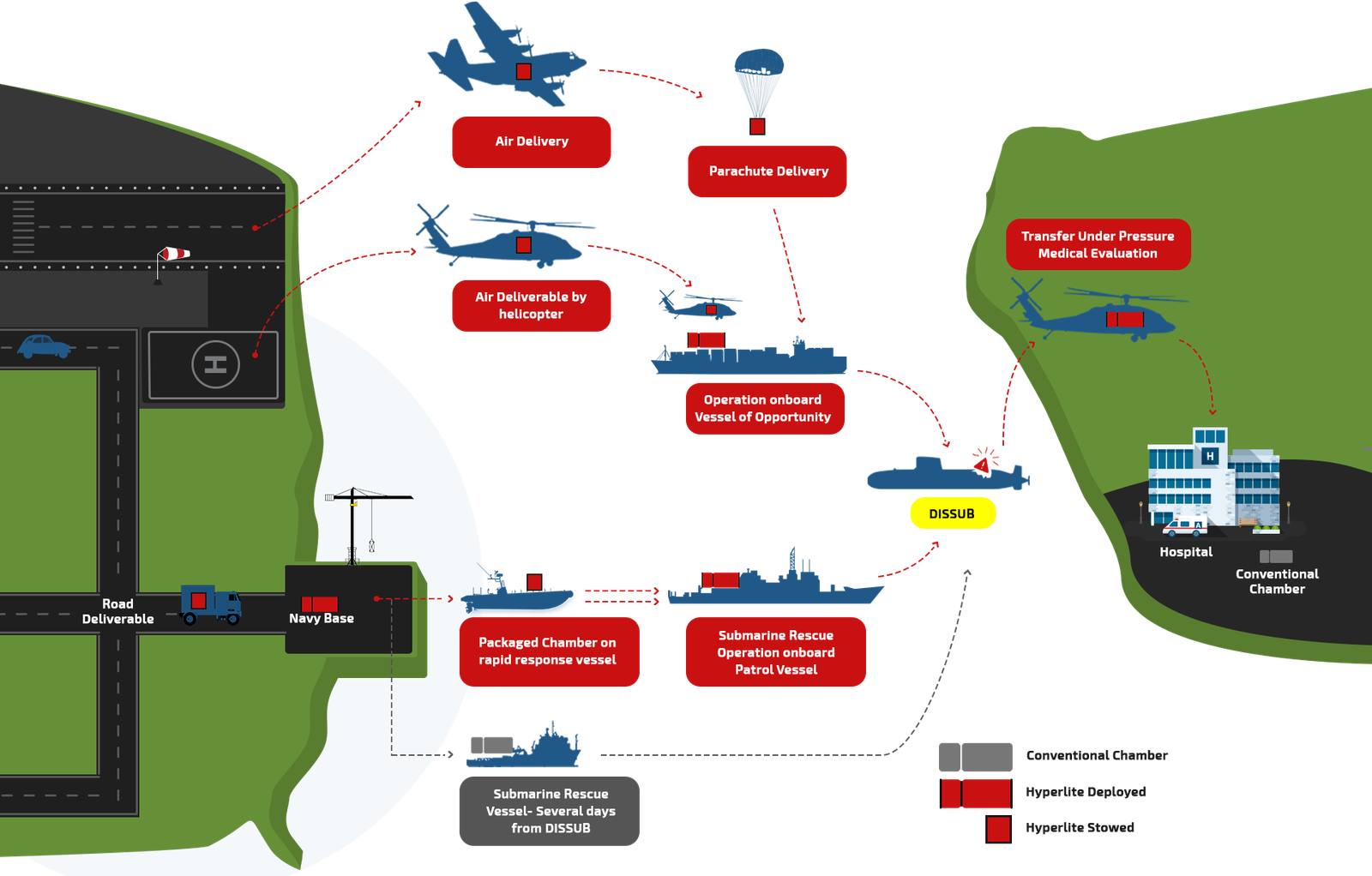
The above diagram demonstrates the versatility of the Hyperlite range of Hyperbaric Chambers. Whilst traditional fixed chambers may take several days to reach a Disabled Submarine (DISSUB), Hyperlite Systems can be transported by rotary aircraft, parachute pallet dropped by fixed-wing or be transported to the scene by a rapid response vessel. The systems can then be set up to perform hyperbaric treatments to submariners returning to the surface, either on a Vessel of Opportunity or the nearest military vessel. This first response solution provides essential life saving capabilities, with the added potential to evacuate a patient-under-pressure whilst the submarine escape and rescue operation continues.
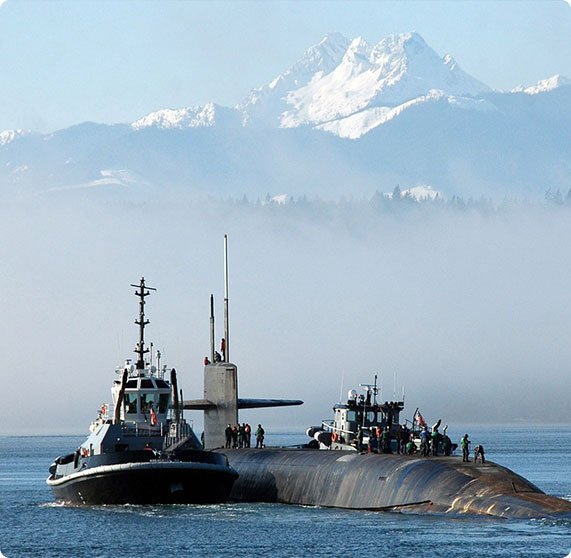
Introduction to Submarine Escape & Rescue (SMER)
Building a submarine fleet provides great tactical advantages with high calibre capabilities hidden under the sea. Skilled mariners face significant challenges, managing complicated underwater technology; manoeuvring a large vessel (100 to 300m or 350 ft to 550 ft in length) in an evolving underwater environment and carrying out their mission without detection. It is the responsibility of their Navy to ensure that if a submarine is in difficulties or has become disabled (known as a DISSUB or a SUBSUNK), there are rapidly deployable systems that can be on-scene to provide essential life saving capabilities. With 71% of the Earth’s surface covered by water and submarines able to operate to depths of 915m/3000ft underwater, the location of an incident could be extremely remote. It may be several days before a dedicated Submarine Rescue Vessel is able to arrive on scene.
Primary Decisions in a DISSUB Incident
- What essential supplies are available – breathing gas, food and water?
- Have any compartments of the pressure vessel been compromised (leading to increasing pressures or flooding)?


an early decision to escape rather than waiting for several days results in a notable decrease in DCS risk, especially when submarine internal pressure is high.


Challenges with Submarine Rescue
Historically there has only been one real life successful submarine rescue operation. In 1939, the McCann Rescue Chamber, a diving bell onboard the Submarine Rescue Ship Falcon, was lowered onto the surface of a disabled Submarine USS Squalus. A total of 33 submariners were rescued in four journeys. Despite the best efforts of the Submarine Rescue community since then, there have been several submarine disasters with multiple loss of life.
Contributing factors that may preclude a submarine rescue attempt include:
- The time taken to mobilise Submarine Rescue Assets.
- Sea conditions to attempt a rescue. Risk to Rescue personnel and submariners.
- The condition of the submarine to receive a Submarine Rescue Vehicle.
- The compatibility of the Submarine Rescue Vessel.
- The propensity for the Navy to accept assistance from third parties.
What makes us special?

Compact
Our compact modular solutions make transportation painless, requiring a small packaged volume, saving valuable space and multiple storage options.

Simple Interface
Our simple control panels and user interfaces are easy to understand and operate.

No Downtime
We offer servicing & maintenance solutions that minimise logistics and keep your system operational 365 days a year.

Portability
Our systems don’t require structural reinforcements or expensive installation on a vessel.
Challenges with Submarine Escape
Escaping from a Submarine at depth brought challenges with breathing gas and pressure related injuries. Specialist underwater breathing apparatus was introduced in the early 1900’s, later replaced by a breathable hood, known as the The Steinke Hood, which remained the primary emergency equipment until the 1990’s, when UK Company RFD Beaufort Ltd introduced the Submarine Escape Immersion Ensemble (SEIE). The SEIE added thermal protection to the breathing hood and included a single person life raft into the package, providing a floatation device when submariners reached the surface. SEIE equipment are approved for escape from 180 metres when connected to a hood inflation system and 55m when connected to a bottle.
Despite the improvements of submarine escape and rescue equipment, decompression sickness remains a considerable (and often unavoidable) risk to submariners returning to the surface, particularly where they have experienced an increase in pressure whilst inside the submarine, which require treatment inside a hyperbaric chamber (also known as Decompression Chamber or Recompression Chamber).
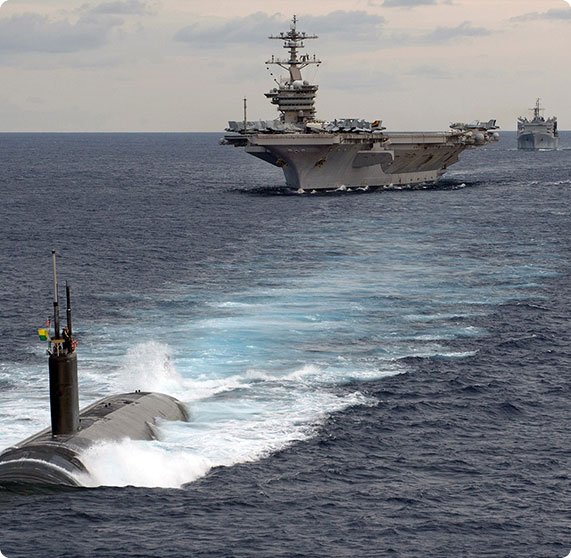
Hyperlite Hyperbaric Chambers for Submarine Escape & Rescue
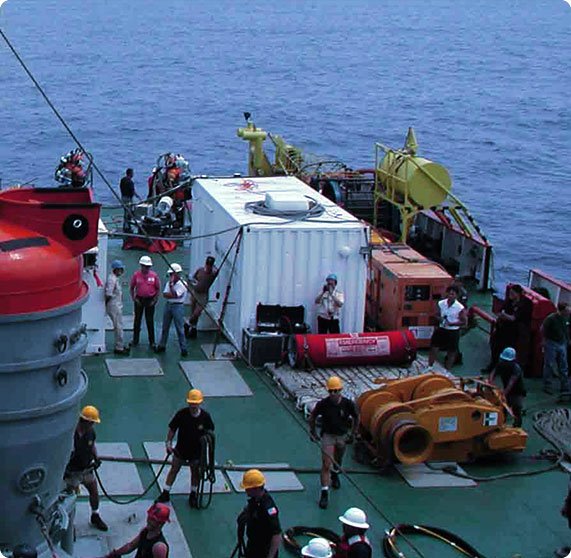
Historically hyperbaric chambers are mobilised with Submarine Rescue equipment onboard dedicated vessels, which are usually take several days to reach the DISSUB. The new HyperliteTM range of lightweight flexible multi-occupant hyperbaric chambers now offer a step-change in medical support for Submarine Escape and Rescue. The Hyperlite DL5 is a double-lock hyperbaric chamber with a Maximum Operating Pressure (MOP) of 5 bar. The system comprises of a foldable chamber body with a modular support system, keeping the chamber lightweight and suitable for rapid mobilisation so that hyperbaric chambers can be set up on a Vessel of Opportunity, delivered by sea or air, including parachute delivery. The system will allow for multiple chamber systems to be set up in-parallel to one another, which operate as stand-alone systems, but can be monitored from a centralised operations module. This first response capability will dramatically increase submariners’ chances of survival providing immediate on-scene hands-on medical attention. An attachable entry lock provides the capability to move in and out of a chamber during treatment. Furthermore, new lightweight carbon fibre cylinder technology has reduced the weight of gas requirements and increased impact durability, making parachute delivery feasible.
Our Range
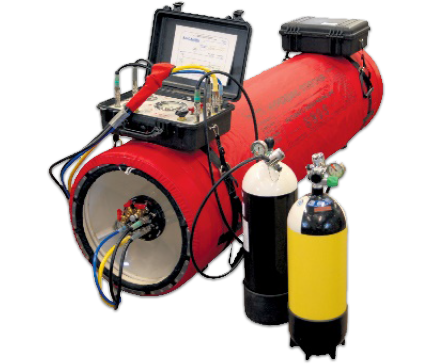
| 1 | |
 Weight: Weight: |
100kg |
 Max Operating Pressure: Max Operating Pressure: |
2.3 Bar(g) 3.3 ATA |
Purpose: |
Transfer-Under-Pressure, Emergency Evacuation |
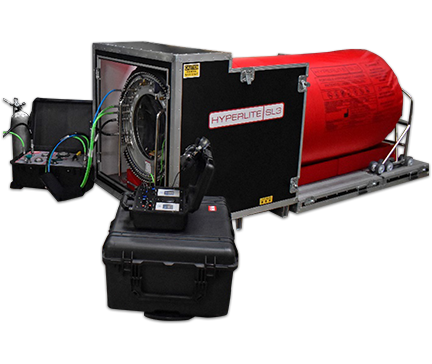
| 2 | |
 Weight: Weight: |
431kg |
 Max Operating Pressure: Max Operating Pressure: |
3 Bar(g) 4 ATA |
Purpose: |
Full Treatment onvessel/site. Designed for use in fixed location |
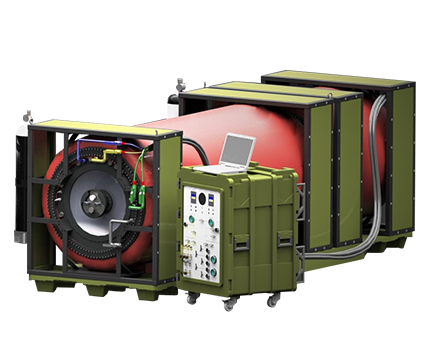
| 3-4 | |
 Weight: Weight: |
>550kg |
 Max Operating Pressure: Max Operating Pressure: |
5 Bar(g) 6 ATA |
Purpose: |
Full Treatment on site. Transportable for Multiple Scenarios |
NATO Working Groups
Attempts have been made by NATO Countries to form a collaborative approach by establishing the Submarine Escape and Rescue Working Group (SMERWG) which SOS Group regularly attends. This has improved the contribution of supporting assets to assist with an incident, which was demonstrated during the Kursk Disaster of August 2000, where a coalition of countries offered assets to aid a rescue attempt, including SOS who supported the Royal Navy by lending two Hyperlite 1 Systems at 6 hours’ notice to aid with Submarine Escape attempts. Unfortunately, no attempt was made and all 118 personnel lost their lives. After the Kursk incident, the International Submarine Escape & Rescue Liaison Organisation (ISMERLO) was established with the primary objective to assist in the co-ordination of future Submarine Rescue missions.
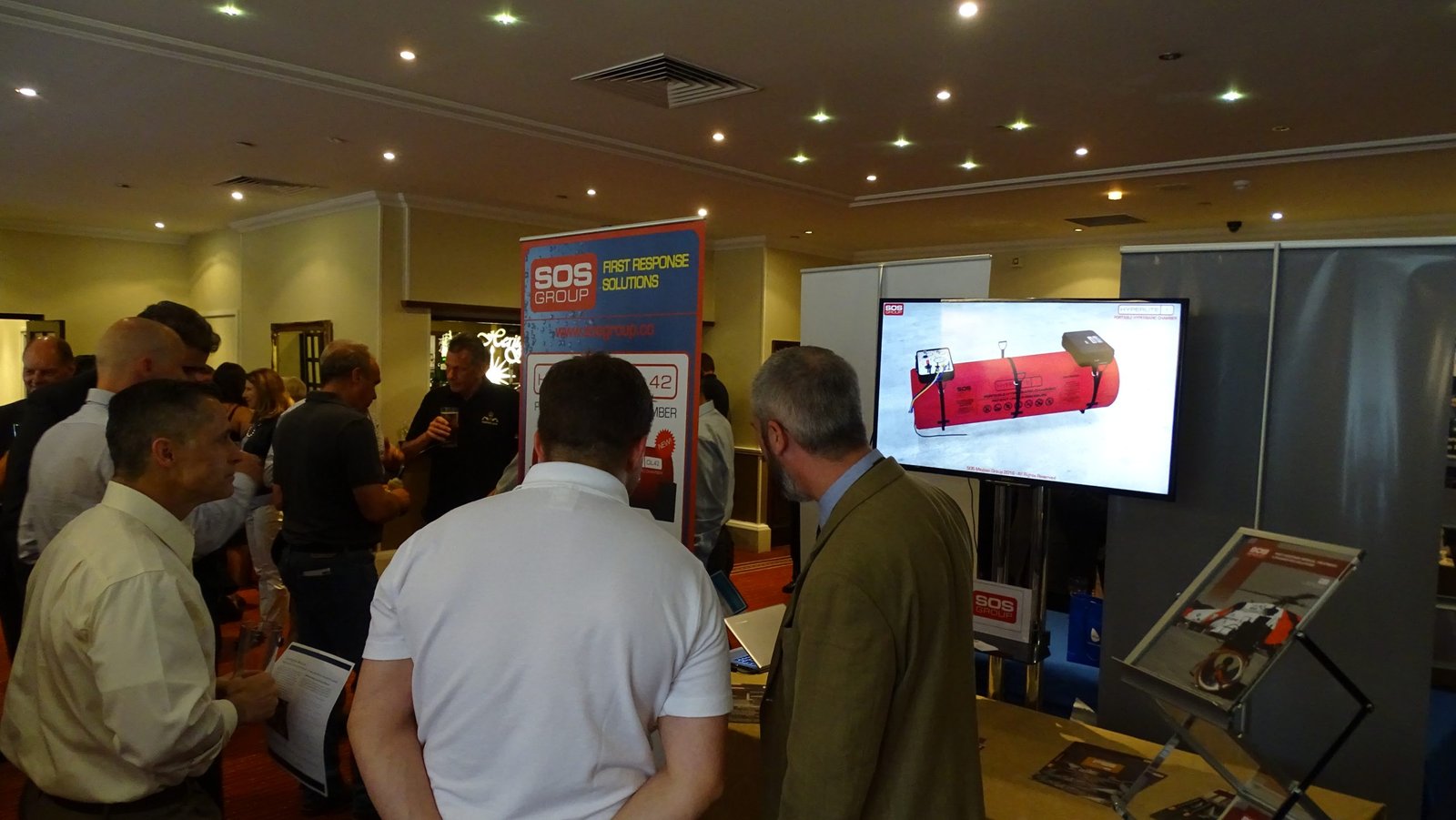
About Decompression Sickness
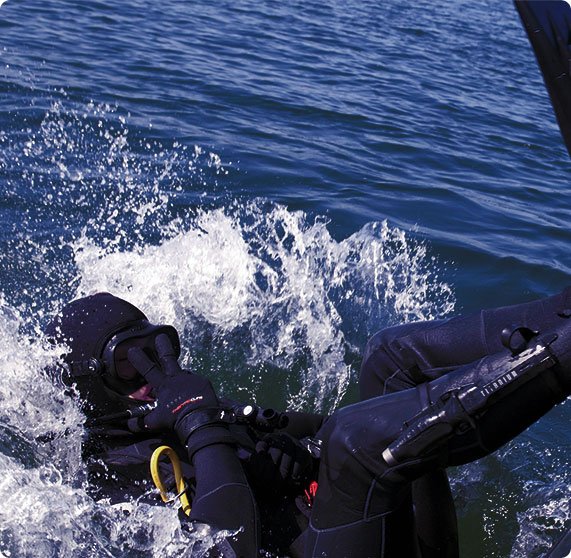
Also known as Decompression Illness, DCS, DCI or ‘the bends’, is caused by the formation
of multiple inert gas bubbles in the tissues of the human body, which can cause mechanical stress or organ dysfunction. Decompression is often seen through rapid changes in pressure, through diving, high altitude excursions, submarine escape & rescue, in space
or in uncontrolled pressurisations/depressurisations in a hyperbaric chamber. The
addition of breathing compressed gas at changing pressures increases the risk of suffering from Decompression Sickness. The resulting symptoms may include, but not be limited
to, joint pains, sensations of tingling, loss of sensation, skin rashes, malaise, neurological disfunction, cardiorespiratory symptoms, pulmonary oedema, shock and death. Severe symptoms may occur within 1 – 3 hours of decompression with majority of symptoms occurring within 24 hours. The rationale for the treatment of DCS with Hyperbaric Oxygen (HBO2) includes immediate reduction in bubble volume, increasing diffusion of inert gas and bubbles, oxygenation of ischemic tissue and reduction of Central Nervous System (CNS) oedema. The efficacy of administration of oxygen at increased ambient pressure (HBO2) is widely accepted and the main treatment protocol for this disease.
This information is interpreted from the Hyperbaric Indicators for AGE Section published by the Undersea & Hyperbaric Medical Society (UHMS). https://www.uhms.org/resources /hbo-indications.html
About Arterial Gas Embolism AGE from Diving
Causes of Gas Embolism (also known as Air Embolism or AGE) are usually associated with a diver holding their breath as they return to the surface. The expansion of the gas inside the body expands as the pressure reduces, which can cause significant internal damage to the human body. Clinical studies have shown several mechanisms can occur including significant reductions in blood flow or even complete restriction (arterial occlusion). Such incidences may be immediate, progressive or can relapse after initial improvements in patient conditions. Symptoms of AGE may include, but not be limited to, loss of consciousness, confusion, focal neurological deficits, cardiac arrhythmias or ischemia. Venous gas embolism can manifest as hypotension, tachypnoea, hypocapnia, pulmonary oedema or cardiac arrest.
This information is interpreted from the Hyperbaric Indicators for AGE Section published by the Undersea & Hyperbaric Medical Society (UHMS). https://www.uhms.org/resources /hbo-indications.html
